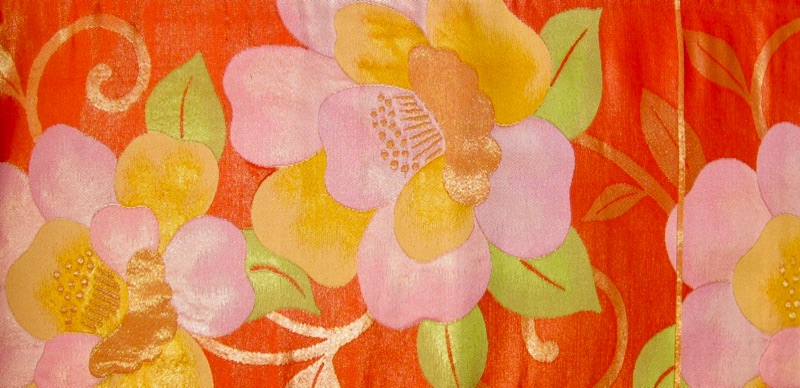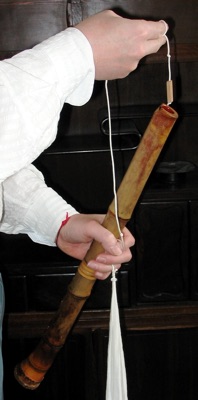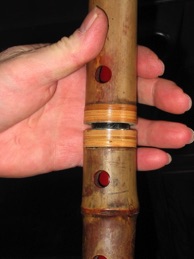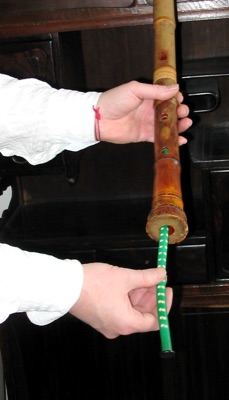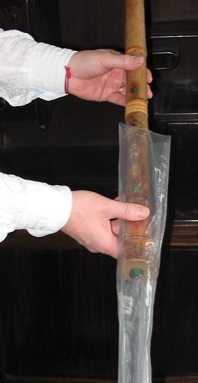Cleaning and oiling
After playing your shakuhachi it is customary to run a tsuyutoshi cleaning cloth through the bore. Drop the weighted end carefully into the mouthpiece, protect the sharp utaguchi edge gently with your thumb pad, and pull through from the bottom.
As for oiling, I've never found it necessary ever to oil a flute. I have seen some oiled shakuhachi which were sticky to hold, and I've seen at least one shakuhachi where oil transferred to the bore and damaged the urushi. I have no evidence to support the idea that oiling the bamboo reduces cracking. Maintaining some humidity in the flute's environment is the best preventative measure to avoid stressing the bamboo.
Shakuhachi and cracking
Please understand that shakuhachi flutes are not invulnerable, they can crack, even with the owner's best intentions for his/her flute.
IF cracks appear, DON'T fill them with glue or wood filler. Keep the flute well humidified in a closed plastic bag, add some temporary surface bindings yourself if you can and send it for repair as soon as possible.The idea is to limit the travel of the crack towards the interior bore by de-stressing the bamboo.
Part of every shakuhachi owner's life is attending to the health of their flute. If a flute cracks, the owner understandably goes through much hand-wringing frustration and despair, but flutes are generally repairable. It is not necessary to preemptively bind a flute. Nominal flute care should suffice. Incidentally many flutes played by professional players have extensive repairs made to them during their playing lifetime.
There are differing, sometimes diametrically opposed philosophies about flute care. Some flute owners feel compelled to try to stabilize their shakuhachi in the ambient humidity of their playing area, by reducing humidity in the bamboo over a period of time. The results of such efforts are that some flutes make it, some don't!
The makers represented here feel that shakuhachi respond better to humidity than to dryness. They recommend keeping the flute in a plastic bag, sealed with a rubber band, whenever it's not being played. A wad of wet paper towel should be inside the flute at all times. If the flute becomes yours to keep, a "Dampit" (cello size) is available from musical instrument stores and is really effective at humidifying your shakuhachi. This isn't the only way to go. Other variants include: double bagging the flute and putting a piece of wet sponge in-between the two layers, then sealing the bags. Also, if you have several flutes, they can be kept in their bags, in a plastic storage box with a damp cloth. All humidified flutes should be aired regularly. If you play your flutes most days, that airing should suffice.
If mildew arises, a little rubbing alcohol on a paper towel can take care of it.
